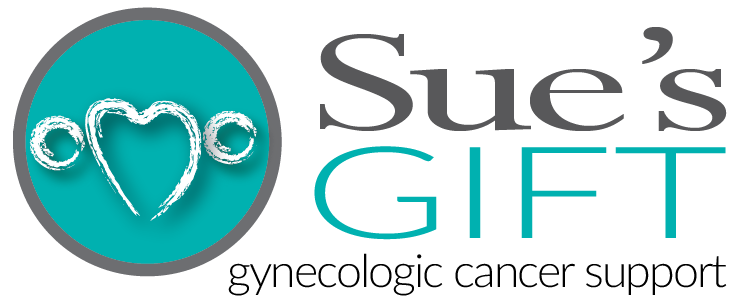The Hope Chest
“Hope, like faith, is a principle of action. It motivates and inspires. We do not sit in our arm chairs and hope for hope. We get up and go to work.”
Image Credit @ashin_k_suresh
We can all reflect on past hopes for positive outcomes for small, relatively inconsequential events and those that are life-changing. When I was a little kid, I remember thinking, “I hope I get an “A” on the spelling test!” Or, when I was in high school, “I hope I get a Superior rating at the state piano competition.” And as an adult, thinking, “I hope I get that job!” Or, “I hope everything falls into place so we can move to Colorado.” Those are a few of the “hopes” I remember over the years.
I’ve discovered hope comes in many forms. The Merriam-Webster dictionary defines hope as wanting something to happen or to be true. Wikipedia says that hope is an “optimistic state of mind based on an expectation of positive outcomes.” We can hope for things over which we have no control: “I hope the weather is nice this weekend.” That’s wishful thinking. There’s nothing wrong with that, but that’s not the type of hope I’m talking about.
Sitting around waiting for good fortune to arrive is a passive type of hope. You’ve probably heard the story about the man who spent months hoping and praying to win the lottery. He was so hopeful, and he was convinced it was going to happen. After months of repeatedly praying to God to win the lottery, his prayers were finally answered. God’s answer was, “Buy the ticket.”
To get the results we’d like, hope requires action, and many of the things we hope for are things within our control. For example, to get the results I wanted, I studied for the spelling tests; I practiced two hours every day before regional and state piano competitions; I prepared for the job interview, and we spent months preparing for the move. That’s an active hope; it requires planning, effort, and perseverance.
Hope plays a vital role in life’s challenging situations, especially when confronting a cancer diagnosis. Hoping for a cure or remission, or navigating treatment side effects, requires active hope – meaning taking action: getting the recommended medical care, talking with someone who knows the ropes, utilizing self-care measures by practicing integrative therapies like mindfulness, deep breathing, or reframing distressing thoughts. Active hope reduces feelings of helplessness, increases happiness, and reduces stress. Active hope changes self-talk from “I can’t cope” to “I need help with this” or “I’ll get through this.” Active hope changes “being worried” to “being determined.”
In addition to having a coping “toolbox,” techniques we know how to use when feeling overwhelmed, anxious, or depressed, we also need a “hope chest.” Hope chests originated in 15th-century Renaissance Italy and were initially used by unmarried women to store precious heirlooms and gifts. I would suggest we have many precious hopes in our hope chests, but we need to examine what kind of hopes we’re holding onto. Are our hopes wishful thinking about things we can’t control? Are they passive hopes – where we sit in our armchairs and wait for good things to happen? Or are they active hopes – requiring effort and perseverance? We can’t control receiving a cancer diagnosis or any other difficult situations, but we can make hope an action word and hope for the best outcome.
What’s in your hope chest?

